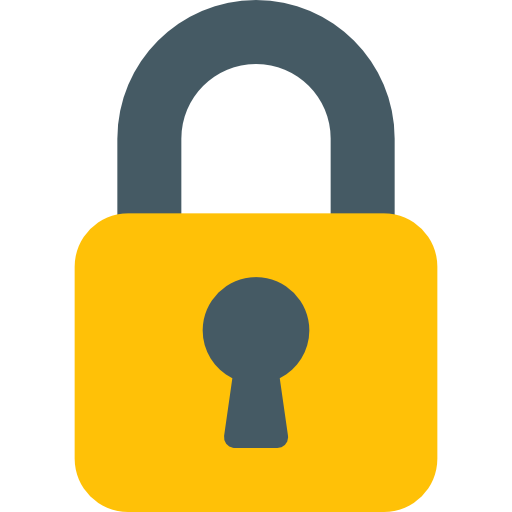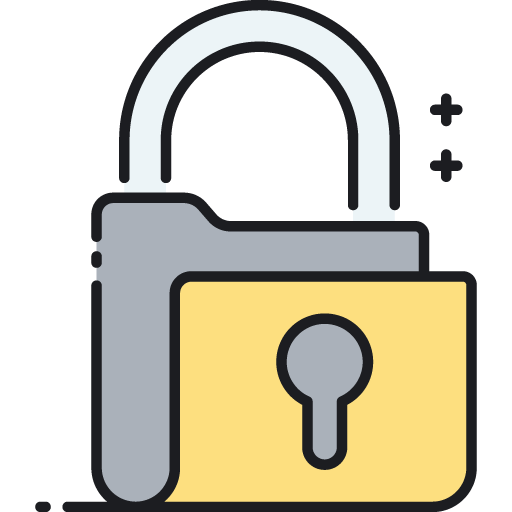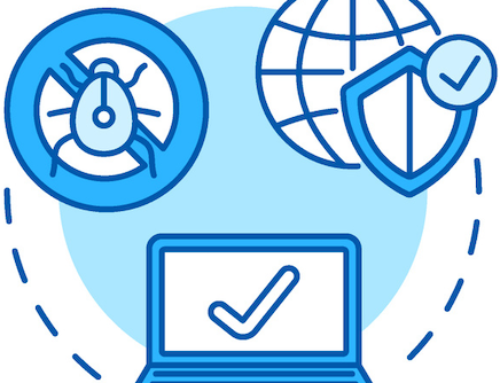Let’s take a close and honest look at how we handle data/privacy and examine essential security features of a FOIA Request Management System
While the primary objective of the Freedom of Information Act is to promote transparency by granting public access to records, it’s essential to recognize that not all records are created equal. Within a FOIA request management system, there often exists both the unredacted and redacted versions of a document. The unredacted version may contain sensitive details, personal data, or information that could compromise an individual’s privacy. Furthermore, the confidentiality of a record can be context-dependent. For instance, a particular document might be non-confidential to a victim who is privy to the details it contains, but the same document could reveal sensitive information if accessed by a third party. This nuanced approach to information access underscores the importance of robust security measures in a FOIA request management system.
Mistakes leave your department vulnerable to data breaches and financial liability. Any good Open Records / FOIA request management system will prioritize features that support transparency, security, and compliance with legal requirements. In this post, we’ll explore three indispensable features that a FOIA request management system should offer: the easy ability to track deadlines, the need for the highest security and encryption standards, and controls to limit visibility of confidential files that are uploaded.
Deadline Tracking Made Simple:
One of the primary challenges in managing FOIA requests is ensuring that deadlines are met consistently. FOIA mandates that agencies respond to requests within a specific timeframe. To streamline this process, a FOIA request management system should provide an easy-to-use deadline tracking feature.
Clear Dashboard: A user-friendly dashboard should display all pending requests and their corresponding deadlines, providing a comprehensive view of the agency’s workload.

Uncompromising Security and Encryption:
Given the sensitive nature of the information often requested through FOIA, maintaining the highest standards of security and encryption is paramount.
- End-to-End Encryption: All communication and data transfer within the FOIA request management system should be protected with end-to-end encryption to safeguard your sensitive information. Employees at the software company should not have access to confidential information that you upload.
- Role-Based Access Control: Implementing role-based access control ensures that only authorized personnel at your agency have access to sensitive data, reducing the risk of unauthorized disclosures.
- Audit Trails: Robust audit trails should record every action taken within the system, making it possible to trace any unauthorized access or alterations to files.
Confidential File Visibility Controls:
Agencies often deal with confidential files, such as classified documents or personally identifiable information (PII). These files require strict access controls to maintain their confidentiality.
- Restricted Access Levels: The FOIA request management system should allow administrators to define access levels, ensuring that only individuals with the necessary permissions can view and handle confidential files.
- Secure File Storage: Confidential files should be stored in a secure, isolated environment, separate from other data, to prevent accidental leaks.
Final Thoughts:
A well-designed FOIA request software can significantly enhance the efficiency, transparency, and security of government agencies’ operations. By offering easy deadline tracking, stringent security and encryption standards, and controls to limit visibility of confidential files, these systems empower organizations to better manage FOIA requests, uphold legal compliance, and safeguard sensitive information. In an era where transparency and data protection are of utmost importance, investing in such a system is an essential step for government agencies and organizations alike.





